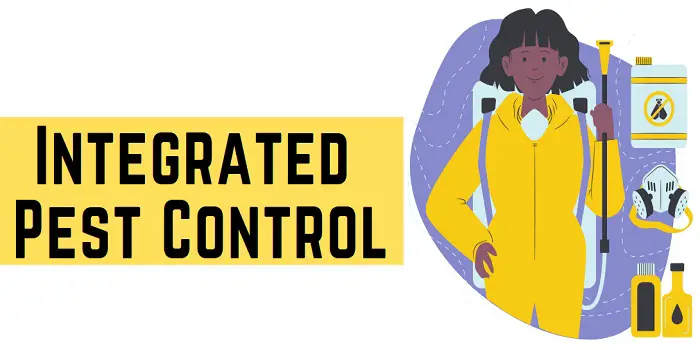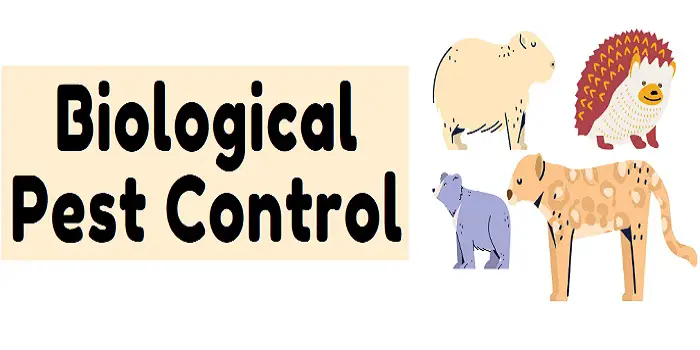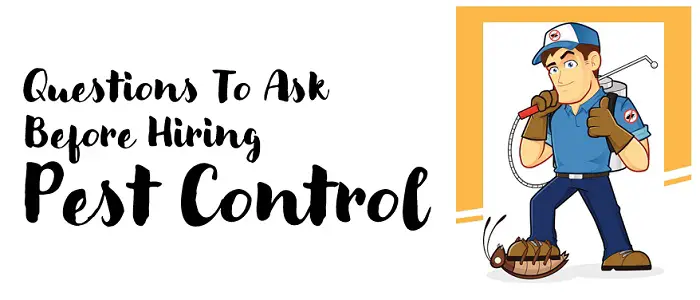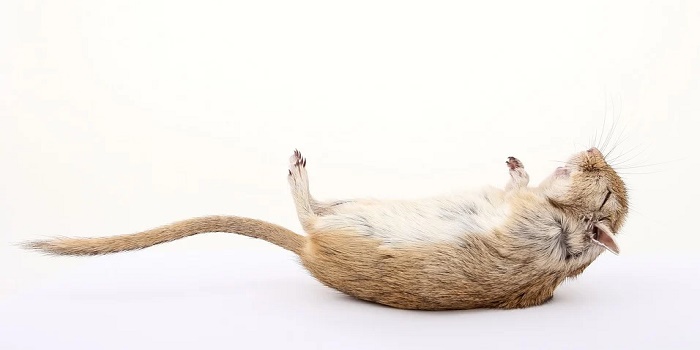
If there is something worse than finding a dead animal carcass in the wild, it is discovering one in your home.
While death will come to all living creatures, an animal dying in your attic, basement, or inside the walls may present considerable problems beyond the rank odor.
But it is not just the smell that provides a reason for having the carcass removed.
It also risks you and anyone else living inside your home.
Importance of Dead Animal Carcass Removal
If not dealt with promptly, the remains of an animal can be quite detrimental to the health of those living inside the home.
Some of the issues that a dead carcass brings include the following.
- Contamination of Drinking Water
- Increase in Flies that Leads to Illness
- Bringing in Larger, more Dangerous Animals
If the intestinal fluids of a dead carcass enter the water supply, it can make you and those who drink the water violently ill.
The flies that surround and feed on the carcass may bring in secondary illnesses.
And, the odor from the carcass may draw in a larger predator depending on where you live and cause even more complications.
How & Where to Find a Dead Animal Inside a House?
A dead animal carcass will either be in an accessible or inaccessible area of your home.
If the area is accessible, you can dispose of the carcass using the proper procedures.
If you suspect that a dead animal may be present inside the walls, under the floor, or in some other inaccessible area of the home, then you are going to have to narrow down its location.
This may not be so easy because the odors it generates may collect in another part of the home that has less airflow.
What follows are a few steps you can take to find the dead animal carcass.
Eliminate Areas of the Home:
In other words, focus on where the odors are strongest and where an animal might gain access inside your home.
Start by eliminating areas where the animal could not be and then focus on where it might be located.
Check Under the House:
If your home is elevated off the ground, then checking under the home can be done with a flashlight.
Start by looking in the areas where you have narrowed down the search from inside the home.
Check in the Attic and the Roof:
If the odor is coming from above and not below, then the attic is the next choice.
Use the same method as checking under the house by starting with places you suspect it might be.
If the carcass is not under the house or in the attic, it is most likely inside one of the walls.
You can use your nose to smell next to the walls until you find the area with the strongest odor.
A hole will have to be cut in the drywall to get at the carcass, so try to narrow the location as much as you can.
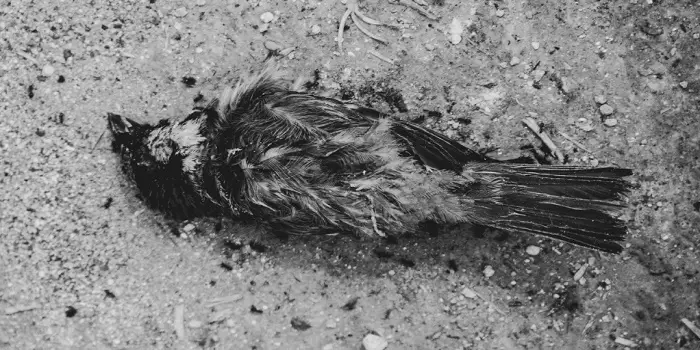
Dead Animal Removal & Different Ways for Disposing Them of
Calling in a wildlife removal expert is probably the best option for removing a dead animal carcass.
They have experience in getting rid of dead carcasses.
Plus, they can also bring in professionals that can remove the obstructions to the carcass so that it can be removed.
If you want to do the job yourself, you will need the following items.
- Rubber Gloves
- Plastic Trash Bag
- Mask or Facial Covering
Put on the gloves and mask, place the carcass in the trash bag, and seal it up.
At no point should you let your bare skin contact the dead animal.
Now you can dispose of the trash bag according to your local regulations.
A mouse, squirrel, or rat that is small enough can be placed in the garbage can.
A larger carcass such as a raccoon, for example, will either be buried or incinerated depending on the regulations and availability of either option.
After disposal, wash the gloves and any clothing that contacted the animal directly.
You may want to bathe or use hand sanitizer just in case when handling the gloves, but washing them in the sink using dishwashing soap should destroy the germs, bacteria, or viruses present.
If you do accidentally touch the carcass, wash your hands with soap and then use sanitizer or other disinfectants. This will destroy all the organisms present.
Be sure to never touch your eyes, nose, or mouth with your hands or gloves if they have been in contact with the carcass.
Disposal Tips
There are different ways to dispose of a dead animal carcass.
Remember that you can contact a vet if they offer a disposal service.
But there are other methods as well.
1- Bury the Carcass
The oldest method of getting rid of a dead animal carcass is burial.
You’ll want to place the trash bag with the carcass inside another trash bag to ensure minimal contact with the soil.
Choose a site that does not have underground water nearby, nor is a flood zone.
Otherwise, the carcass may contaminate the local water supply.
It can be regular soil for you to bury the carcass, but you want to avoid areas that have too much sand.
Plus, if it is in the winter months and the ground is frozen, you will have difficulty digging.
2- Composting
This is another common method of disposing of carcasses that is natural and inexpensive.
Feeds to farm animals and fertilizer for the soil can be made when composting carcasses.
However, composting is generally reserved for farms, ranches, and other large properties with enough space.
This method may not be practical if you live in a suburb or a city.
Also, keep in mind that to get success with this process, you will need to follow the appropriate methods and use the right materials in your composting efforts.
3- Incinerate
The advantages of incineration start with the carcass being destroyed along with any germs, bacteria, or viruses.
The ash will then be sent to a landfill. Incineration services are generally expensive and often not desirable if you do not want to pay.
Keep in mind that incineration is not cremation, even though the process is similar.
Cremation is reserved for pets with a special place in their owners’ hearts.
4- Rendering
This is a method used for centuries to turn dead animals into byproducts that can be of use.
Most common for most dead carcasses are being turned into proteins which are then placed in feed for farms and ranches.
The rendering process may either be dry or wet, but the result is the same.
The separation of body parts, their decontamination, and the disposal of parts cannot be used.
If there is a rendering plant in your community, it may accept dead animal carcasses as part of its services.
This means that you do not have to pay any cost to the rendering plant.

Few Prevention Tips to Avoid Animal Death Inside Your Home
Preventive measures to avoid animal death are far better than finding and removing the carcass later.
So, when you have already removed the dead animal and have sterilized your area well, it’s important to know about some of these ideas…
The very first step starts with inspecting your home for any points of entry (such as small holes, cracks, damaged siding, etc.) that can potentially help the small rodents enter your house.
- You should typically focus on the areas and openings from where the pipes and cables enter your home.
- Check for the rotted wood in your attics and crawl spaces from where animals can enter easily by enlarging the holes.
- Also, make a routine to check the foundation of the building, roofs, gutters, and fascia at least once in eight to twelve months.
- Take time to properly install the vent covers and screens that will discourage the critters from entering your property.
Fireplaces with chimneys can also be a way to enter your property for the wildlife.
Especially pests like bats, squirrels, raccoons, and many others can crawl down the chimneys very easily if they find them in non-working conditions.
In order to prevent these animals, you should install animal-proof chimney caps.
Remember, you should not use screen material in place of professional-grade chimney caps.
These can easily clog with soot or debris and cause a severe fire.
The Conclusion
While these are the common methods of disposal and prevention, you can call your local animal control authority for more information.
They can provide guidance on properly disposing of animal carcasses.
If you have yet to discover a dead animal in your home or on your property, it can be helpful to have the number of your local animal control authority handy.
So you can call them quickly when you need assistance.
Share the post "How to Find and Remove Dead Animal Carcass in Your Home?"

Welcome to ProShieldPest.com. I am Tina Jones. I have been working as a pest removal professional in Winslow, Arizona lately. At present, I love to spend my time with my family as a retiree.
Here I share all my knowledge and experiences to help people understand better how they can stop pests at their homes without actually killing them. Hopefully, the information you will find here will help in safeguarding your home! You can check more about me here.


